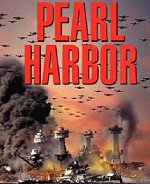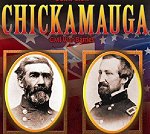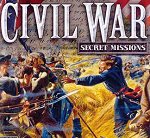
National Geographic - Lost Subs
National Geographic's compulsively watchable Lost Subs: Disaster at Sea presents a gripping look at real-life submarine disasters. Four different undersea disasters are examined, from the first tiny problem to the final, tense rescue efforts. A blend of computer animation, contemporary news footage, and stock footage keeps the action moving and gives the viewer an effortless sense of the mechanics involved. In addition to the real-life drama, Lost Subs has a true geek's appreciation for the incredible technology of a sub--at one point a sailor shows that the sonar is sensitive enough to pick up the sound of shrimp feeding.
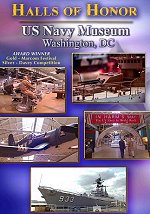
Halls of Honor
The U.S. Navy Museum takes you on an informed and entertaining romp through one of North America s oldest and finest military museums. The museum has been in continuous operation at the Washington Navy Yard since the American Civil War

Raise The Alabama
She was known as "the ghost ship." During the Civil War, the CSS Alabama sailed over 75,000 miles and captured more than 60 Union vessels. But her career came to an end in June of 1864 when she was sunk by the USS Kearsarge off the coast of Northern France
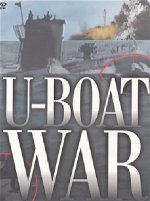
U-Boat War
This is a set of 3 documentaries covering the U-boat's impact in WWII, from beginning to end. It is well-written, and supplemented with interviews with American, British, and German survivors (and also historians) as well as a good amount of archival footage. It is really interesting to hear the story from those who were there -- including a number of German U-boat commanders. The breadth of coverage is good, including both German and Allied tactics (and how these tactics changed during the war), as well as technical advances on both sides. Coverage also includes developments in the Allies' ability to read the German naval code.

Raise The Alabama
She was known as "the ghost ship." During the Civil War, the CSS Alabama sailed over 75,000 miles and captured more than 60 Union vessels. But her career came to an end in June of 1864 when she was sunk by the USS Kearsarge off the coast of Northern France

The Big Aircraft Carrier
Kid's-eye tour of the largest ship in the U.S.A Navy invites the viewer into a small airplane on land, takes them on a brief flight, through a landing on the USS Nimitz and through takeoff again. Along the way, there's a tour of the ship--the largest afloat on earth--from hospital to barbershop to library
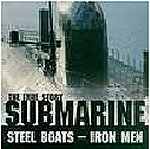
Submarine: Steel Boats - Iron Men
This is the only program where the US Navy allowed a film crew to go down with a sub to see what really happens below the waves. As a result, the film presents a never before seen look inside a state of the art nuclear-powered sub on patrol. It shows, in extraordinary detail, the daily ordinary and extraordinary lives of submariners. You will see and hear things that you have never seen before. Steel Boats also shows the training, family life, off-time activities, etc. Viewers visit a "wet trainer" at Sub School to see what these submariners endure when they climb inside one of these remarkable ships. Who are these men, who live confined in a steel tube deep in the ocean for months at a time, surrounded by a hostile environment, in constant danger?
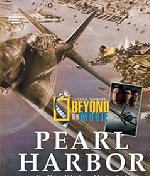
National Geographic
Pearl Harbor
This National Geographic DVD tells more than just commenting on the recent movie.It sets the record straight.For example,the American volunteers called "The Eagles" that flew against the Luftwaffe in The Battle Of Britain were all civilian volunteers and not military men as portrayed in the Pearl Harbor film.Of these 214 men,109 died going into battle against the Germans.
